
The historical city of Tabriz in Iran's East Azarbaijan Province houses some of the most spectacular examples of Islamic and Iranian architecture.
One of these grand structures is the Blue Mosque, also known as the Turquoise of Islam for the stunningly beautiful azure and turquoise mosaics covering both its interior and exterior.
The Blue Mosque (Masjed-e Kaboud), also known as Masjed-e Mozaffariya, was built during the rule of the Qara Qoyunlu Dynasty (1351-1469) and completed in 1465.
The mosque was severely damaged in an earthquake in 1779, leaving only the entrance iwan. Reconstruction began in 1973 by the late Reza Memaran Benam under the supervision of Iranian Ministry of Culture.
The 15th-century structure was built upon an order by the Qara Qoyunlu leader Jahan Shah, who is buried on the southern part of the mosque after being killed by the ruler of the rival tribe of Aq Qoyunlu, Uzun Hassan.
The Qara Qoyunlu Turkmens were a Shia Turkish tribe that ruled over present-day Armenia, Azerbaijan, north western Iran, eastern Turkey and Iraq from 1375 to 1468.
Jahan Shah was the most famous Qara Qoyunlu leader, who ruled the South Caucasus and Iranian Azerbaijan, from 1438 to 1467. He also expanded the Qara Qoyunlu territory to include Western Anatolia, most of present day Iraq and central Iran.

The only major structure still standing in the dynasty’s capital illustrates the artistic brilliance of Tabriz. The extant tilework documents artistic connections with contemporary architecture in Timurid Khorasan and in the Ottoman Empire.
The Blue Mosque belongs to the architectural complex known as Mozaffariya.
Khatoun Jan Begom (died 1469), a wife of the Qara Qoyunlu ruler Jahanshah (ruled during 1439-67), established the mosque’s endowment. The inscription of the portal gives 24 November 1465 as the date when the construction was completed.
Jahan Shah built the Blue Mosque after making Tabriz his capital.
The original complex was built under the supervision of Ezzoddin Qapouchi in 1465 and included a school, a public bath and a library.

The mausoleum was built in the southern section of the mosque and is entirely covered with high marble slabs on which verses from Quran are engraved in Thulth script on a background of fine arabesques.
The roof of the mausoleum and the main dome chamber of the mosque collapsed during an earthquake in 1779 A.D. and was rebuilt in 1973 thanks to the efforts of Reza Memaran Benam (a famous architect from Tabriz) under the supervision of the national organization for preservation of ancient monuments.
The diverse Kufic, and Thulth scripts, the exquisite arabesque patterns, and the admirable choramatic compositions of these facades, which are truly stupendous, were created by Nematollah-ben-Mohammad-ol-Bavab, the famous calligraphist. The walls (inside & outside) had been covered with mosaic tiles.
The building complex served multiple functions, but only the mosque and the mausoleum are still standing. The vanished buildings and structures include a sufi convent, an underground canal and a garden called Begomabad or Bagh-e Begom, as well as perhaps a school and bathhouses.
Next to the Mozaffariya was a bazaar with 55 shops, where the founder’s daughters also owned property. The building complex was first consecrated to Khatoun Jan Begom, who was buried with her children in the mausoleum. Jahanshah is also said to have been buried there.
All tombs have vanished and there are merely traces of three graves in the mausoleum’s crypt.
The Blue Mosque was still under construction when the Aq Qoyunlu conquered Tabriz.

After the death of Jahanshah and Khatoun Jan Begom, their daughter Saleha Khatoun oversaw the construction work, and during the reign of the Aq Qoyunlu ruler Ya’qoub (ruled during 1478-90), the mausoleum’s cupola and its main parts were completed.
Details from the mausoleum’s interior, such as alabaster pieces from the wall panels and the main prayer niche, reveal that the mausoleum was never completely finished.
Nonetheless, the Blue Mosque itself served as a mosque during the first half of the 16th century, when Tabriz became the first capital of the Safavid dynasty (1501-1732) between 1501 and 1555. Since the military conflicts with the Ottoman Empire had weakened the Safavid defense, Ottoman troops looted Tabriz, as well as the Blue Mosque, in 1514, after their victory in the battle of Chalderan.

The troops of Selim I took at least eight carpets from the Blue Mosque to Istanbul, since in 1530 Selim I offered some of these to the newly built Gazi Husrev Bey Mosque in Sarajevo. While it is not known whether the building complex itself was attacked during the Ottoman occupation, violent earthquakes damaged the Blue Mosque between the 16th and 18th centuries.
Already in the 17th century, the Blue Mosque was completely destroyed and abandoned.
In the 20th century, the monument was finally restored by rebuilding its cupolas and missing walls, and by replacing its beautiful tile panels.
A stone foundation supports a structure of fired bricks, which is completely covered with tiles and decorated brick panels.
Alabaster was used for the mausoleum’s dado and three prayer niches, and probably also for the door to the mausoleum, of which a fragment has been preserved, and the windows in the gallery. Jean-Baptiste Tavernier, a French traveler, observed that the alabaster slabs created a warm red light inside the building.
The T-shape floor plan is unusual for an Iranian mosque. The main entrance leads to an antechamber that forms the center of a gallery that surrounds the central dome chamber on three sides, and whose two arms lead to the two prayer niches on the south side of the building.

The gallery supports nine cupolas, three on each side, and each arm ends in a vault above a prayer niche. The central dome (22-meter high) rests on eight arches. The description of the two pulpits by Tavernier indicates that the imam led the prayer from this central room.
In the corner pillars of these eight arches are four upper galleries. On the south side, the central dome chamber abuts the mausoleum. Its wooden door was usually closed so that the mausoleum was invisible from the prayer room, though it could be accessed through two disguised openings flanking the door. Four arched bays support the tall dome chamber and a crypt is below the prayer niche.
On the exterior walls of the Blue Mosque are many interesting under-glaze tiles, which are adorned with a black line and painted in white on a dark blue ground. Most of these are square blue-and-white tiles (5 × 5 cm) with floral or geometric ornaments.
Similar blue-and-white tiles, which may be related to those of the Blue Mosque, have been identified in some collections.
Blue-and-white tiles were not widely used in 15th-century Iran, and the Blue Mosque constitutes an outstanding example of blue-and-white tilework.
In Timurid Khorasan, blue-and-white tiles similar to those of the Blue Mosque were used in the Gowharshad Mosque in Mashhad.

The eye-catching tile work was mostly in azure and turquoise with a touch of black and white here and there.
The main entrance is adorned with mosaics bearing Quranic verses written in Tuluth and Kufic scripts.
The inscription engraved on the mosque's grand entrance includes the name of Nematollah ibn Mohammad Bavab, one of the most prominent calligraphers of Azerbaijan who designed the unique tile patterns.
Jahan shah's name is also inscribed on the entrance and was previously coated with gold.
The Al-Fath (Arabic word for victory) Surah has also been completely engraved above the mosque's main sanctuary which is surrounded by porticos on three sides and a double shell dome above.

The mosque has two tall minarets at its northern wing and a Persian couplet has been written on the back of the entrance door to its main sanctuary.
There is also a smaller sanctuary on the southern side of the mosque which used to be a private chamber for Jahan Shah.
The royal sanctuary was dado treated with marble and adorned with Quranic verses inscribed in Tuluth and on a background of delicate arabesque patterns.
On both sides along the corridor, there stand the remains of the chambers with vaulted roofs. The walls of the mosque have been riveted with marble slabs and decorated with superb mosaic tiles. Some of the blue mosaics in the mosque's portal are heavily damaged and half missing.
 Remains of the original building show that the mosque was mostly covered with turquoise and hexagonal tiles which were decorated with geometrical fretwork, floral arabesque and different inscriptions.
Remains of the original building show that the mosque was mostly covered with turquoise and hexagonal tiles which were decorated with geometrical fretwork, floral arabesque and different inscriptions.
Experts also believe that the ceiling had been gold inlaid and the sanctuary floors were made of marble.
Jahan shah and his close relatives were laid to rest at the end of the mosque's small sanctuary in the southern part of the mosque.
The mausoleum is entirely covered with high marble slabs bearing Thulth Quranic verses on a background of fine arabesques.
An earthquake in 1779 almost destroyed the entire structure except the front piece and a number of piers.
The marble and golden pieces used in the building were also plundered in the time period from the earthquake to the beginning of the restoration project in 1973.
What remains of the mosque bears witness to its earlier grandeur and splendor. Even today the Timurid tilework of its main entrance with a blue-on-white inscription band of mosaic tile in Riqa' is a magnificent and remarkable piece of architecture.
The Blue Mosque was registered as a national heritage site in 1931 and its restoration was almost finished by 1964.
Today the Blue Mosque is one of the major tourist attractions in Tabriz which draws thousands of Iranian and international visitors every year.

Compiled By: Firouzeh Mirrazavi
Deputy Editor of Iran Review
Buy Persian Persian Handicrafts at: www.persianhandicrafts.com
Facebook: https://www.facebook.com/persispersianhandicrafts
Google+:https://plus.google.com/+Persiscraftspersianhandicrafts
Twitter: https://twitter.com/persiscrafts
Video Source: Press TV
Please Join Our Social Networks to Support us:
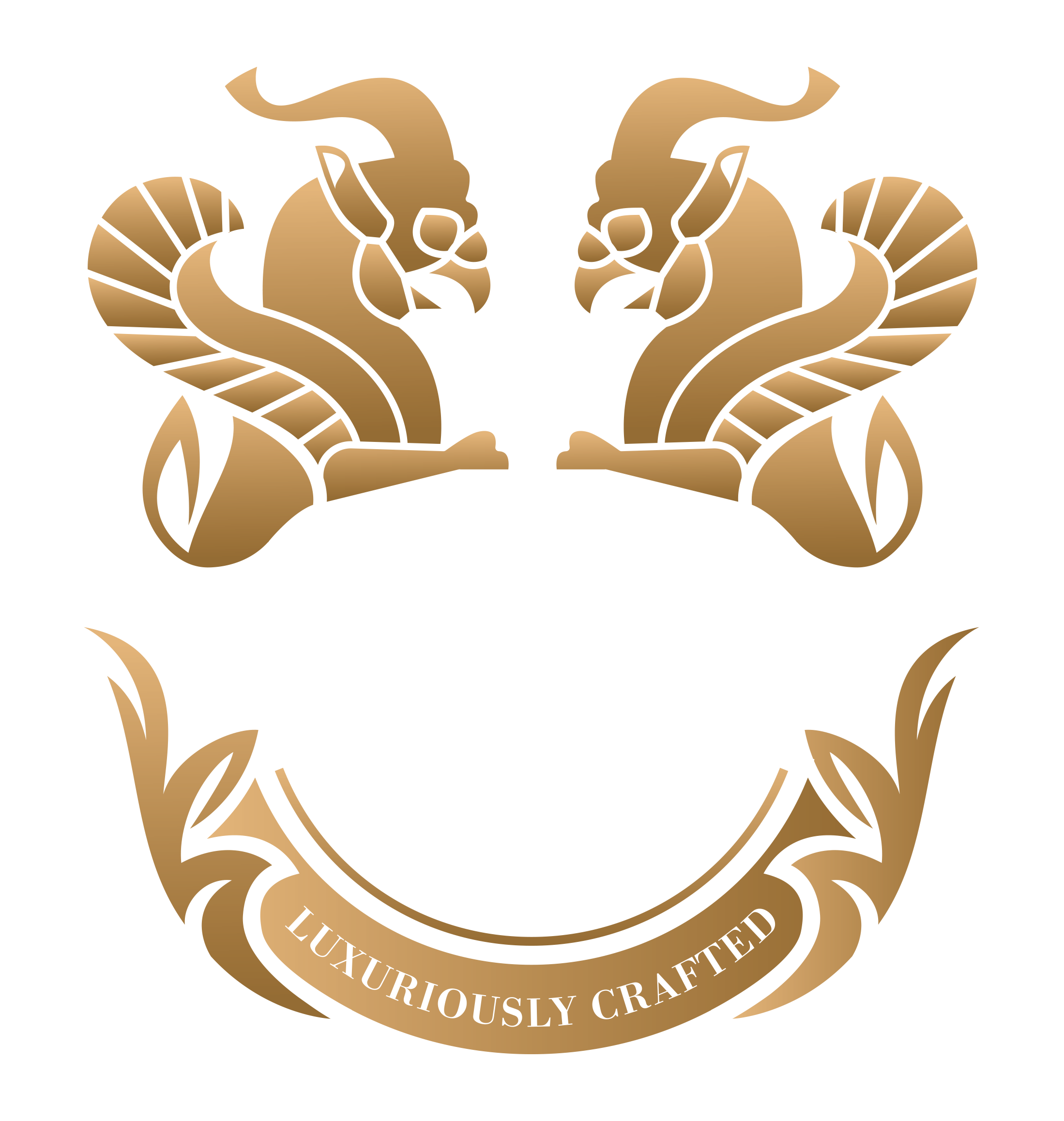
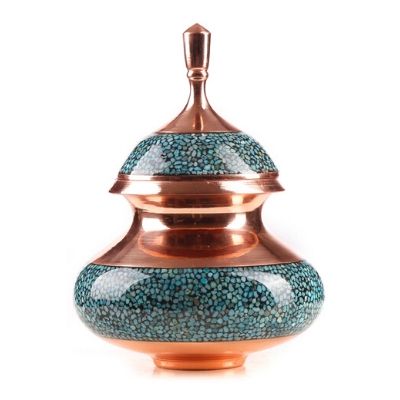
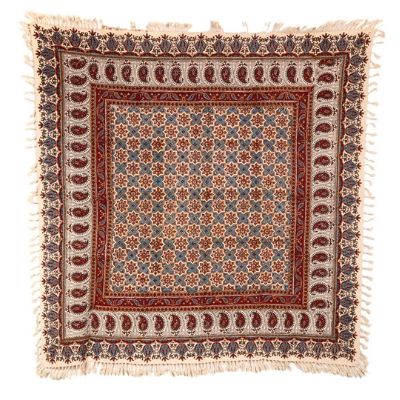
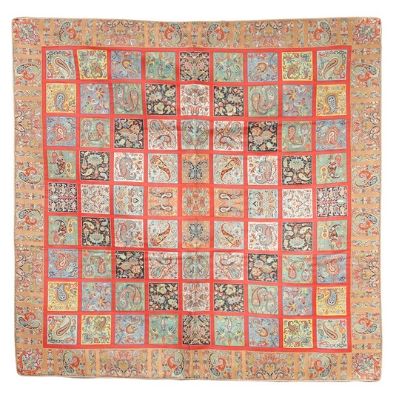
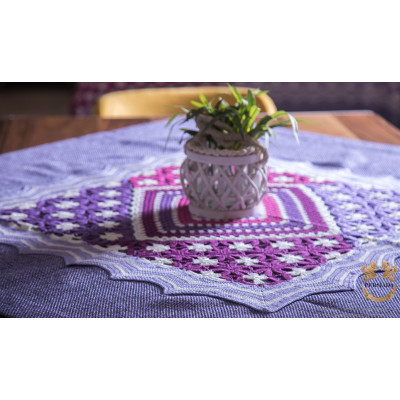
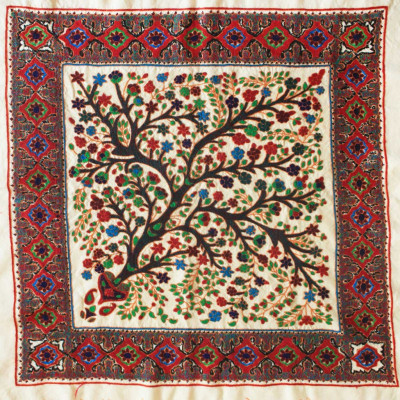
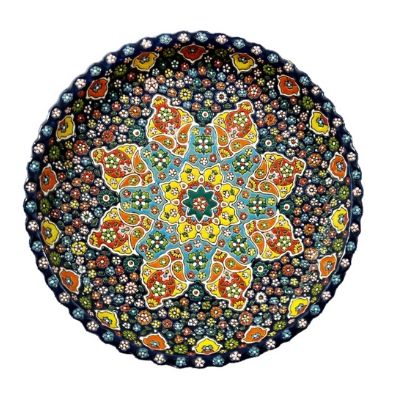
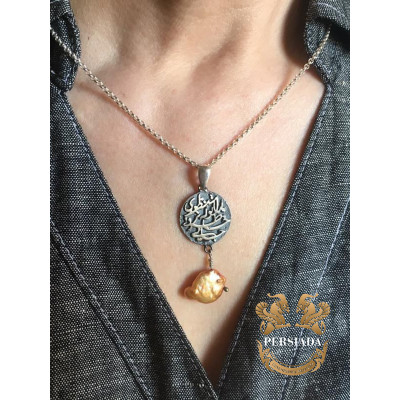
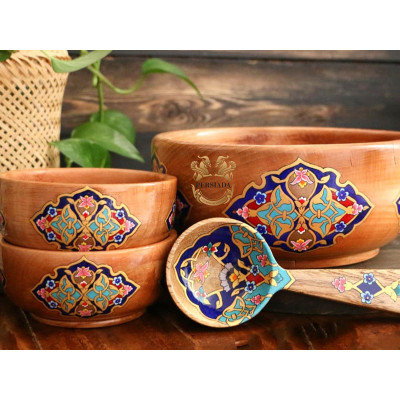
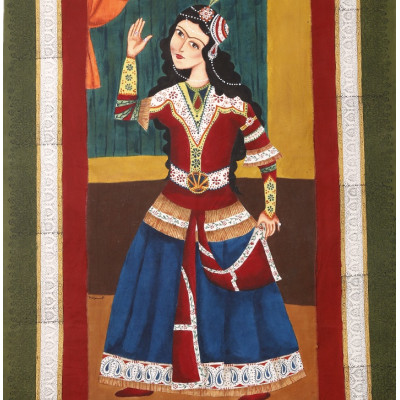
-400x400.png)
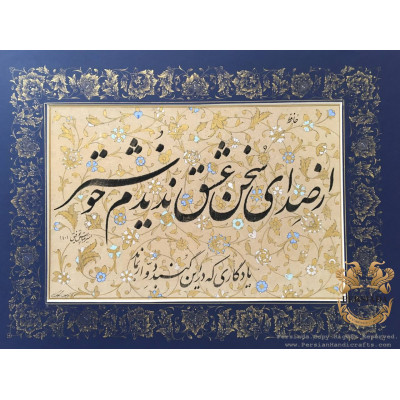
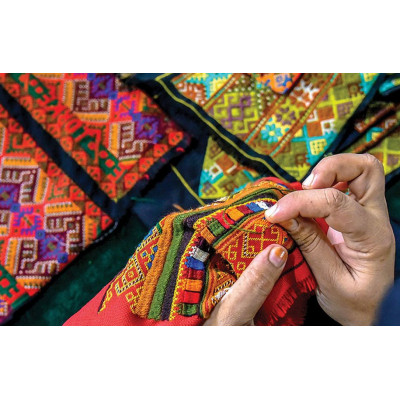
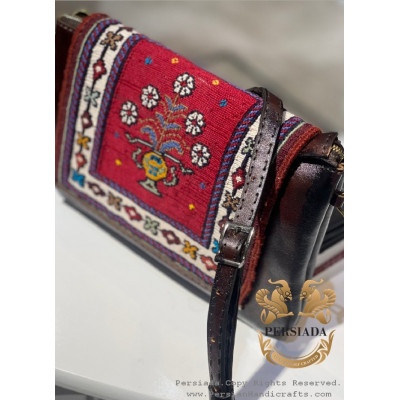
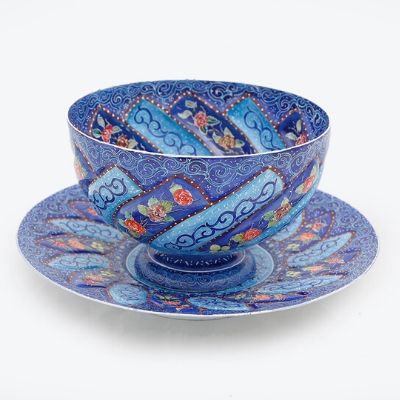
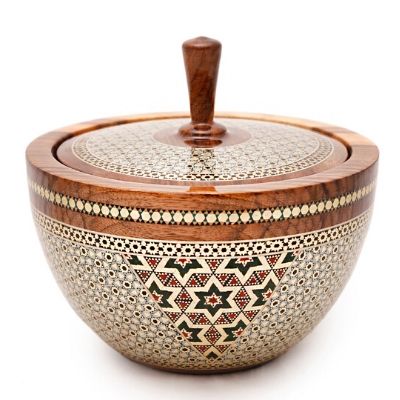
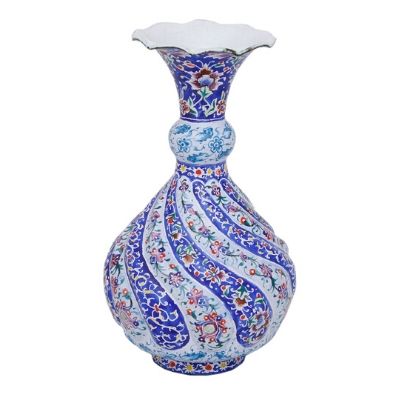
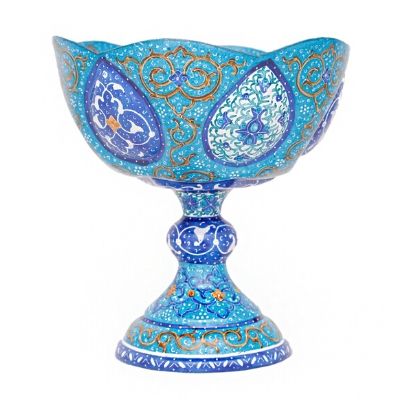
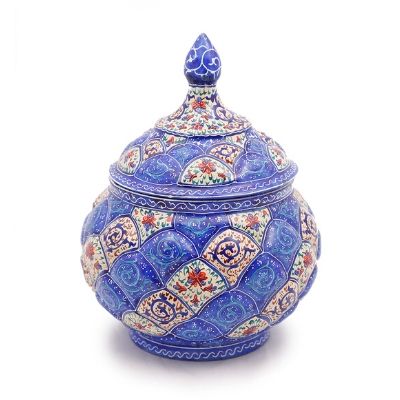
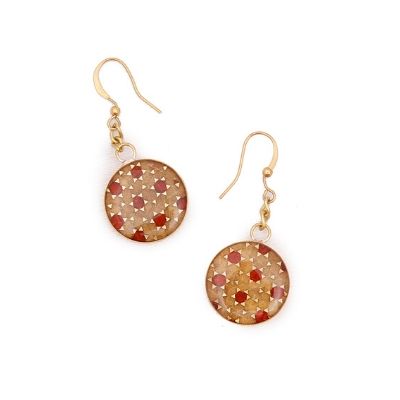
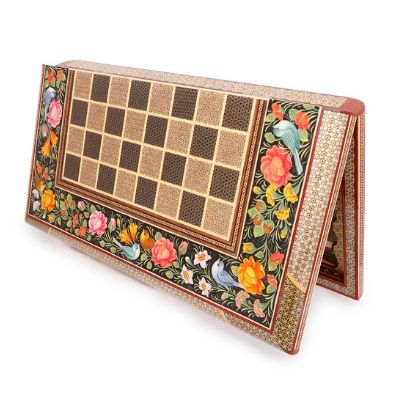
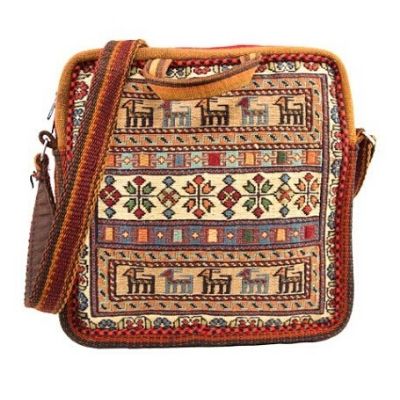
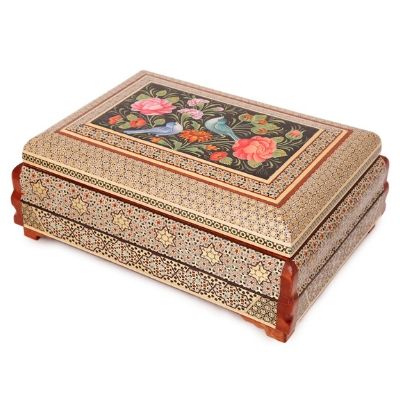
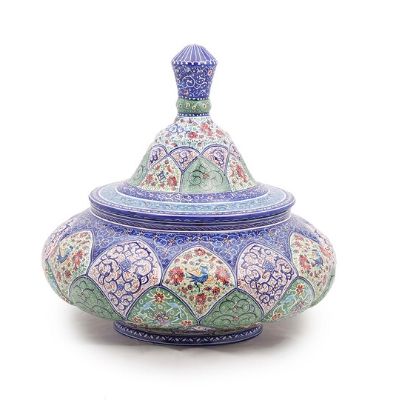
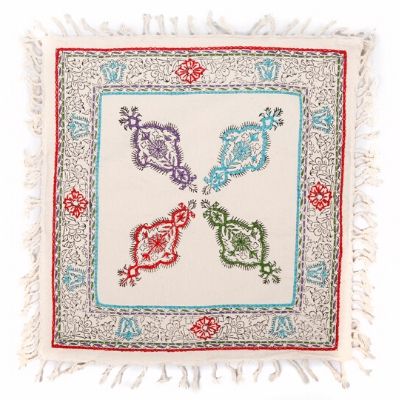
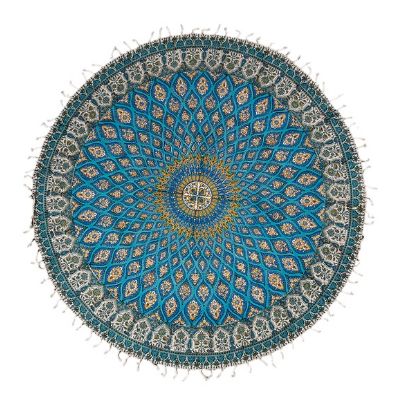
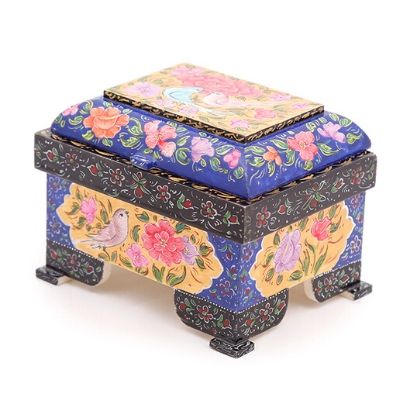
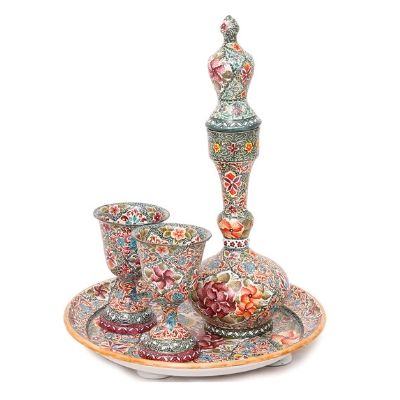
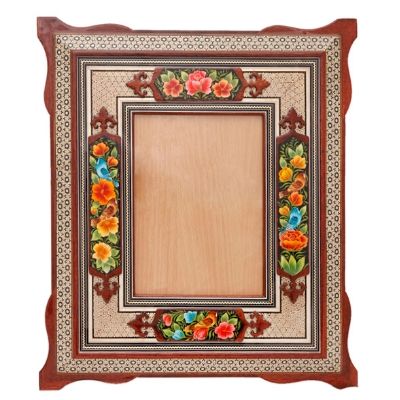
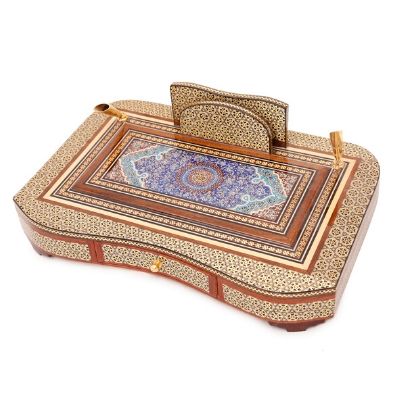
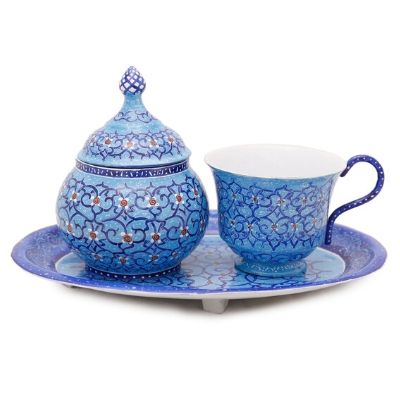
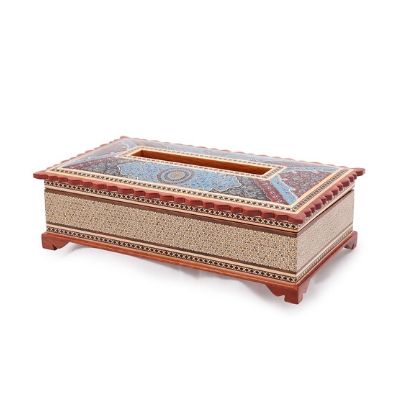
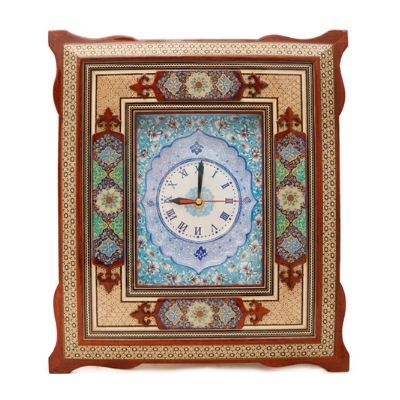
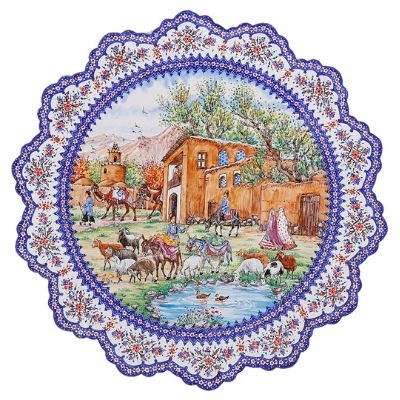
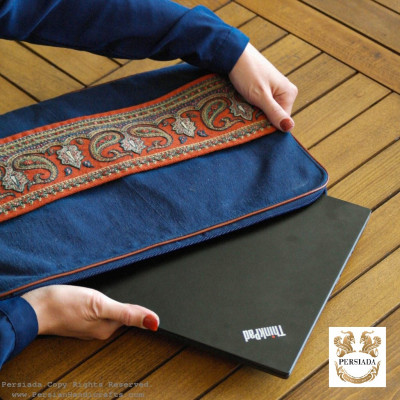

Leave a Comment